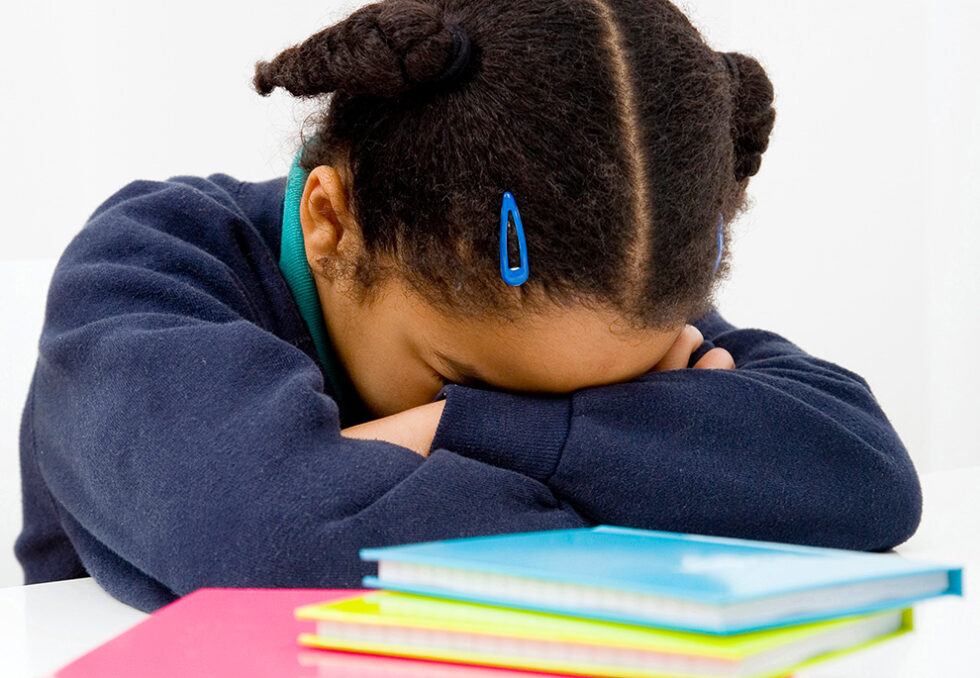
Important Things to Know about Grieving Children
Children want to share their experience, though need permission to do so.
Children, adolescents and teens all want to share their feelings, though they often believe adults won’t understand.
Don’t say “I know how you feel,” or tell a child how to feel.
It is possible to relate to a child’s feelings and situation, but don’t take over those feelings. If you have had a similar experience, sharing it with the student can be positive, but always remember this is the child’s journey and not yours.
Ask permission before sharing thoughts, feelings, and details the child has confided in you.
Children can sense when their trust has been broken, and they often overhear adults talking. The grieving child, classmate, or friend can misinterpret what they’ve heard and rumors can be fueled. Ask the child what they feel comfortable sharing with their classmates about the death.
Children of specific age groups do not grieve in the same way.
Each child is unique and each child had a unique relationship with the deceased. Allow the child the freedom to express their feelings in their own way and in their own time.
A child’s apparent lack of feelings when told of a significant death does not mean they
don’t understand or care.
Children want to avoid emotional pain. When told of the death of a significant person, they might pretend that it did not happen because they can’t absorb all that pain at once.
Bereaved children often engage in “acting-out” behavior to get our attention.
Explosive emotions and regressive behaviors are a way for children to teach us about their underlying needs for safety, security, information, and trust.
Grief is ongoing and doesn’t end at a specific time.
Healing the heart takes time. The grieving child can’t hurry up and get over it. The child will always miss the deceased, and grief can resurface. Regardless of how much time has passed the child should be allowed to express their feelings.
School is important to a grieving child.
A caring adult’s presence and the school setting help to provide order, security, and some stability in the child’s life. When the child returns to school, set aside time to talk.
Let the child lead.
Answer questions as honestly and simply as possible. If something is not clear, let the child know.
It’s important to embrace a variety of modalities when working alongside grieving children.
Utilize the multiple intelligence model; a classical learning model in which there are seven different intelligences: linguistic, logical-mathematical, musical, bodily-kinesthetic, spatial-visual, interpersonal, and intrapersonal. If the helper can gauge activities based on a child’s learning style, the more effective and better received the activity is likely to be.
Children do not grieve in an orderly and predictable fashion.
Children generally grieve in bits and pieces, and they cannot sustain grief the same way adults can. Children grieve and then move away from the pain. When children feel vulnerable, it’s common for them to quickly shut down and move onto something else.
Grief can manifest itself in a variety of ways, including emotionally, physically, socially,
behaviorally, and spiritually.
Acknowledge and accept these realities. Teach children how a significant death may impact them; however, also remind them of positive choices.
Do not impose your own religious beliefs.
Regardless of how well intended, this can confuse a child. If a child expresses religious ideas about death and their beliefs, it’s important to respect them.
Respond to grieving children at a feeling level as opposed to an intellectual level.
Don’t rush to diagnose or “treat” the child. Children will give you cues through body posture, emotions in the face, and repetitive themes in play and questioning.
It’s important to determine where the child is developmentally and cognitively.
Learn about the factors and variables that can influence how a child may respond. Children may lack the words to express their thoughts and feelings.
Children should be told the truth.
When adults try to protect children by using half-truths, misleading statements, or by telling a lie, a child can sense a loss of trust. This may also teach the child that one doesn’t always have to be honest when dealing with others.
There is no magical age or time to talk about death.
Teachable moments are present in everyday life. Talk to children about animals that have died; the insect they saw on the sidewalk, a baby bird that fell from a tree, or a pet that died. Children’s literature and everyday news media are full of examples as well.
Give children permission to ask questions and encourage them to do so.
The youngest of children will ask repetitive questions, often of multiple people. This is a child’s way of making sure the story and facts remain the same. Each time the story is repeated honestly, the child understands on a deeper level.
Acknowledge your own death history and personal beliefs as well as how these factors impact your interactions with grieving children.
Your personal story profoundly influences everything from your level of comfort to your intrinsic beliefs. Make a commitment to yourself and the children you support by completing the Loss Inventory form
. Invest the time not only to complete but also to reflect on, how your answers impact your support of children. It’s okay to tell a child that you’ve listened enough for one day, but assure them you can be available at other times. This will help ensure the child doesn’t internalize feelings of abandonment. Seek advice from others and utilize community resources. Be patient, and don’t push. Meet the child where they are emotionally. Children who are grieving don’t often trust easily. Words aren’t always necessary. A special look, glance, or touch can reassure a child. If you promise a child something, make sure that you follow through. Help children understand what they will experience. Ask the child what they believe will happen; their answer might surprise you. Explain new words (e.g., casket, ritual, memorial service, cremation, or pallbearer). Encourage the creation of a special drawing or poem that can be buried with their loved one or displayed during services. Even the youngest child, who may not remember much, will remember being included, as they grow older. Children will not be destroyed by errors in judgment, though it’s important to acknowledge errors. Children often believe they have magical powers and need to create a reason for what has happened. Additionally, children can believe that they caused the death or that their loved one is coming home. Play is a child’s “work.” Commit to meeting the child where they are on their own “playground of life.”Know your own limitations, your comfort level, and don’t try to do too much yourself.
Communicate to the child that you truly wish to understand their feelings.
Give children permission to attend end-of-life rituals and participate if they want to.
Don’t be afraid of making mistakes.
Acknowledge that young children have “magical thinking.”
Recognize that laughter and play are part of grieving.


Add A Comment